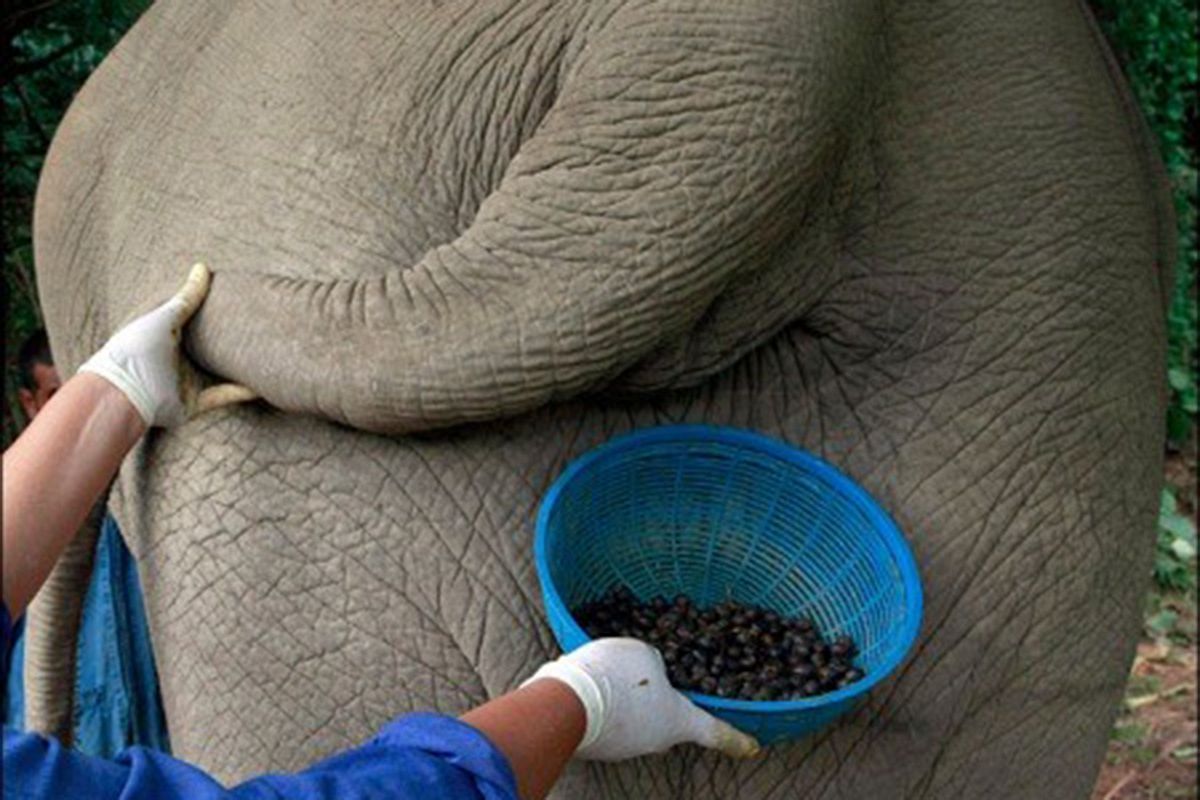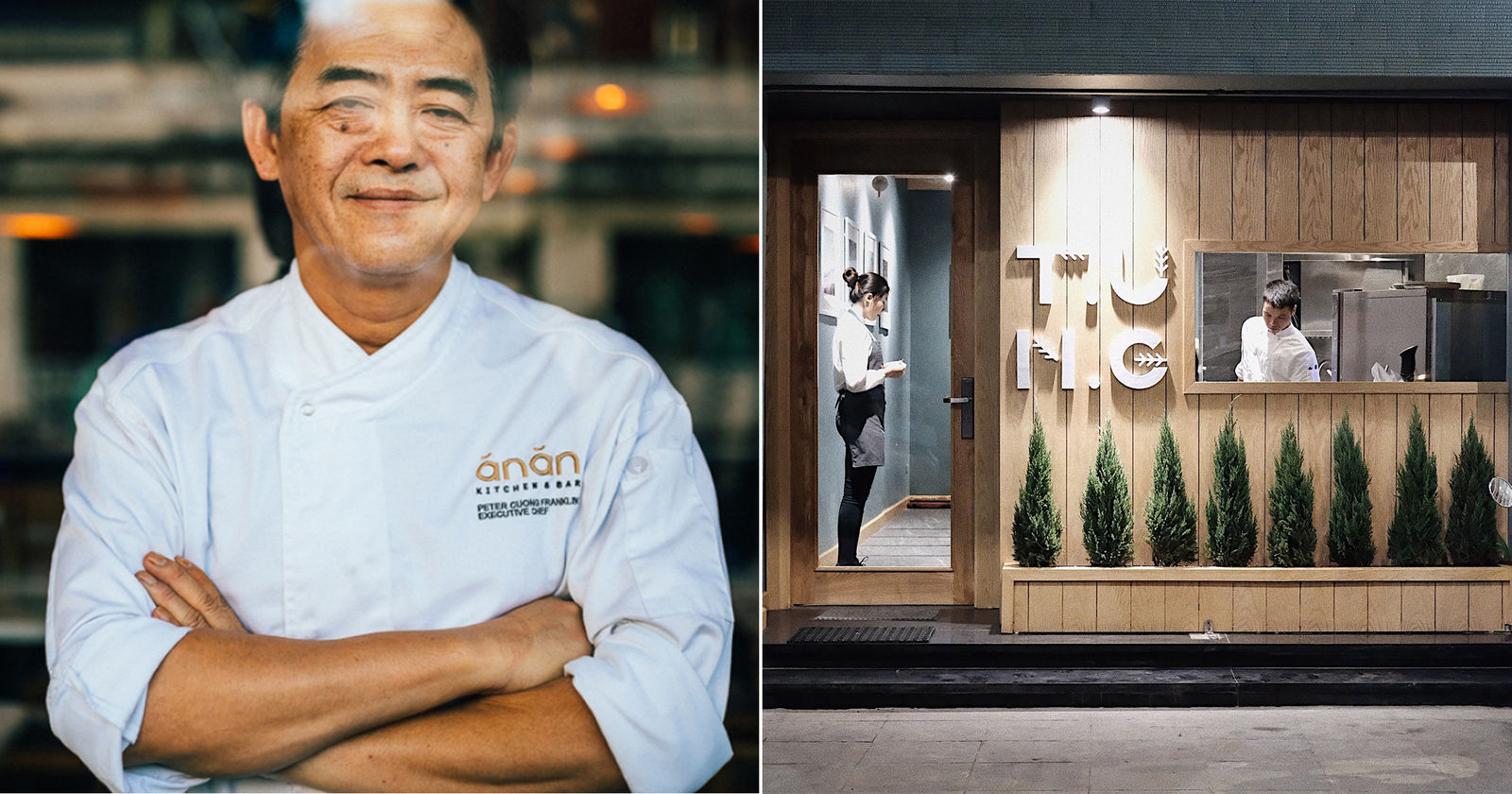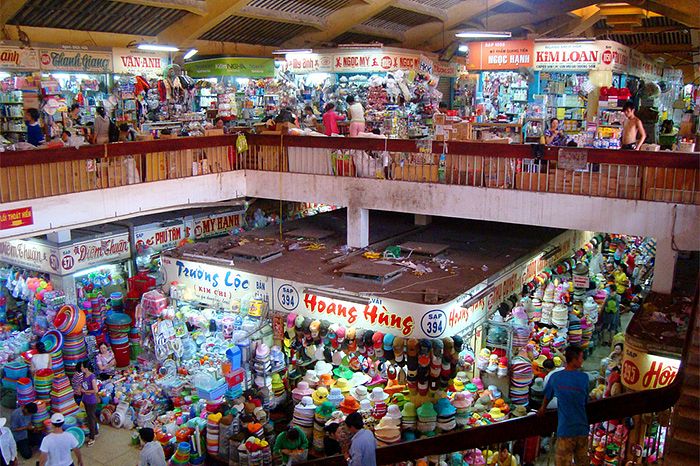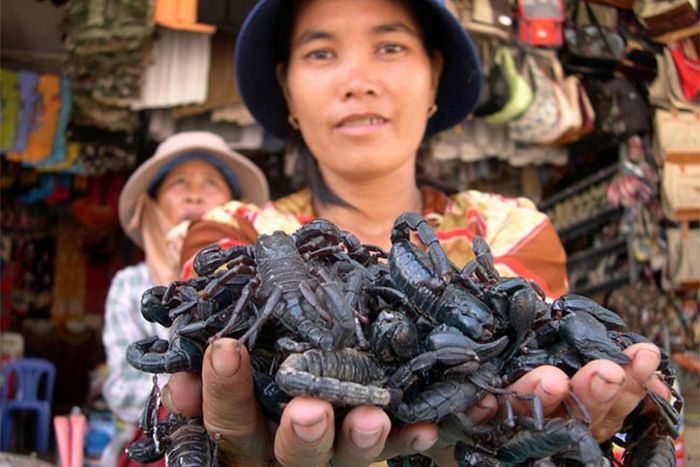According to a recent article in The Guardian, while Vietnamese street food is “imitated, fetishized, and replicated in cities all over the western world,” for many vendors, their profession is a means to an end and not one that they want their children to pursue.
Related Articles:
- 25 Must-Eat Dishes In Saigon And Where To Find Them
- Saigon Duck Tacos: “Some Of The Best Street Food On The Planet”
- 5 Of Saigon’s Best Streets For Street Food
Eleven percent of workers in Saigon are street vendors, making up a large segment of the informal economy in which 51% of the city’s residents make their living.
Further, 78% of street food businesses operate illegally on street corners, behind bus stops and next to construction sites.
"Amidst Ho Chi Minh City’s increasing luxury stores and air-conditioned shopping malls, it’s easy to overlook the fact that this celebrated and ad-hoc industry is one born squarely out of a lack of economic opportunity and a dearth of jobs in the formal sector,” wrote the paper.
There are three unofficial but distinct classes of street vendors in Saigon: the hyper-mobile who serve a single dish, those that set up shop on the same street everyday and brick-and-mortar businesses.
While those in the first class are often migrants who scrape by on meager earnings and the third enjoys the stability of a storefront, it is the second class that typically brings in the most cash. After expenses, some take home US$100 per day, putting them well above the national average annual per capita GDP of about US$2,000.
Though these financial rewards are significant, they are often counterbalanced by the physical stresses of the work and fear of being chased off by police at any given moment.
Overall, however, the city government seems to be content with the prevalence of street vendors as it helps to keep the unemployment rate low at about 3.29%. A report by the United Nations' International Labor Office found that the Ministry of Planning and Investment “is aware of this situation but does not seem to consider that addressing this issue should be a priority”.
But even the relative stability and above average wages aren’t enough to convince vendors that their jobs should be passed on to the next generation.
“There is no future for my son if he keeps selling food this way,” said Le Thi Lang, who runs a cơm trưa stall in District 3.
Head over to The Guardian to read the full article that offers numerous street vendor interviews and a deeper look at this booming, informal industry.
[Photo via Vinh Dao for The Guardian]














